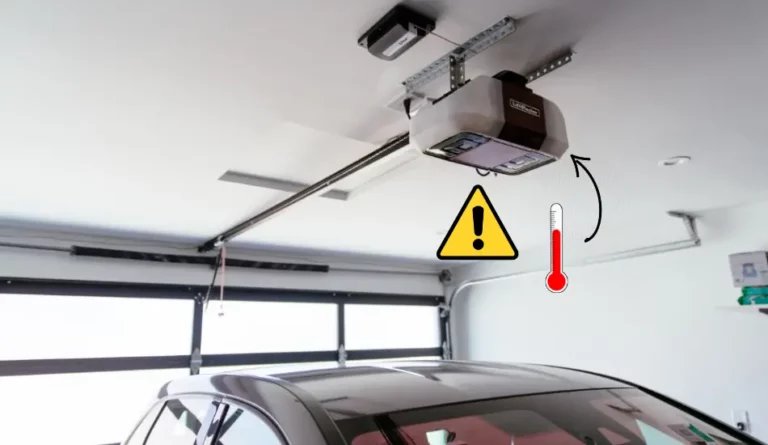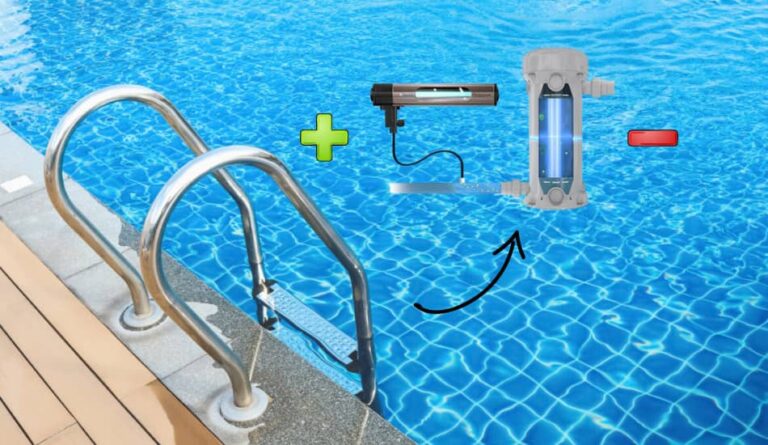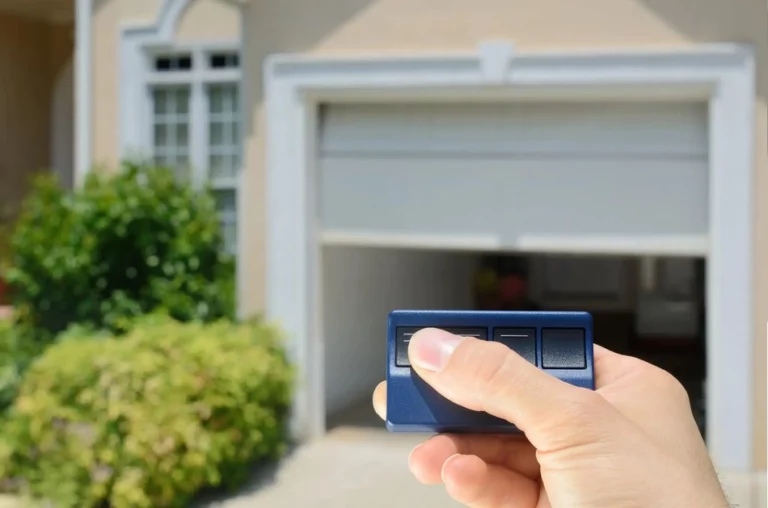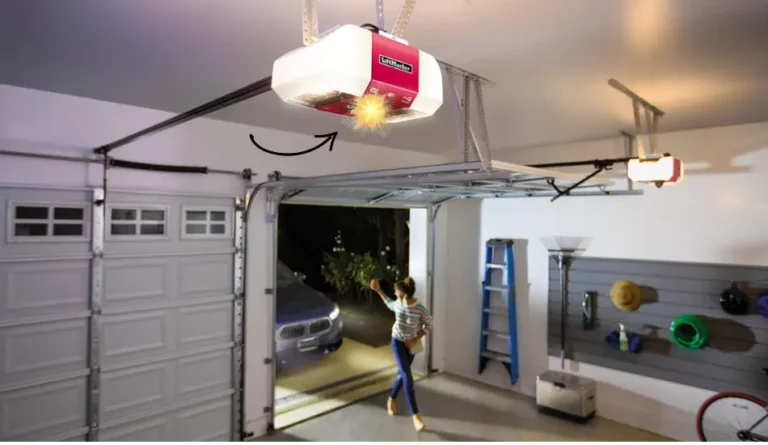Can Garage Door Opener Work Without Sensors?
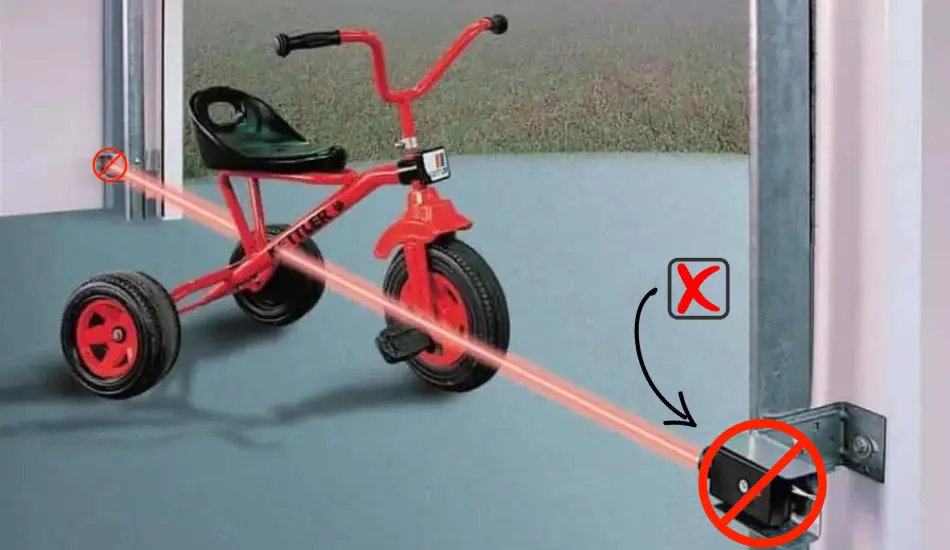
Garage door sensors play an important role in ensuring safety and security. However, there are situations where you might need to operate the garage door without engaging these sensors. For instance, your vehicle may be too high to pass under the sensor, or perhaps you’re seeking a quicker way to access your garage. Luckily, bypassing these sensors is possible. In this article, we’ll explain how to bypass garage door sensors. So, let’s start!
Can Garage Door Opener Work Without Sensors? A garage door opener can technically function without sensors, but it is not advisable due to safety concerns. In the U.S., federal law requires garage doors to have a safety-reversing mechanism like sensors installed. Operating a garage door opener without these sensors would be against safety regulations.
Using the garage door without the sensors is not recommended for safety reasons, but it is possible to disable them. However, to ensure your garage door operates smoothly, even without sensors, we’ll delve into the steps necessary to bypass the sensors safely and efficiently. Remember, while bypassing sensors can be convenient, it’s always important to prioritize safety and security. First, let’s explain what garage door sensors are.
Related Article: Can Garage Door Opener Overheat? Explained
Table of Contents
What Do Garage Door Sensors Do?
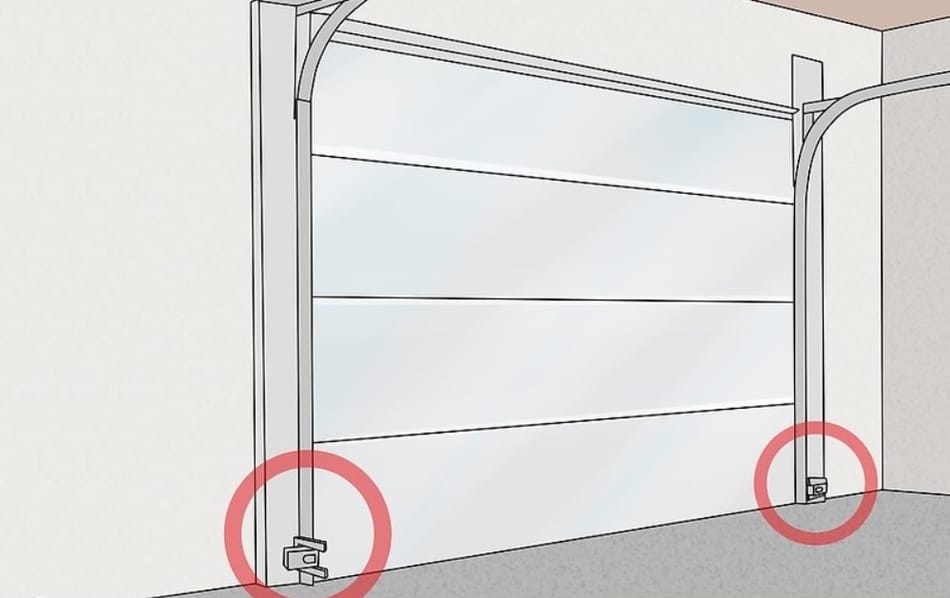
Garage door safety sensors are equipped with a feature known as the photo-eye. Positioned on either side of your garage door, usually no higher than six inches from the ground, these infrared sensors work together to form an invisible barrier.
This barrier is designed to detect any obstruction in the path of the closing garage door. When an obstruction is detected, these sensors trigger the garage door to stop closing and reverse its direction, ensuring safety.
Given their vital role in preventing accidents, it’s clear why safety sensors are an essential part of your garage door mechanism. Prompt attention and regular maintenance are advised whenever you notice any malfunctioning in these sensors to maintain the safety and functionality of garage doors.
Now that we have learned what garage door sensors are and how they function, let’s see how to bypass them and open and close garage doors without them.
Related Article: Can Someone Else’s Garage Door Opener Open My Garage?
Manually Open and Close Garage Doors Without Sensors
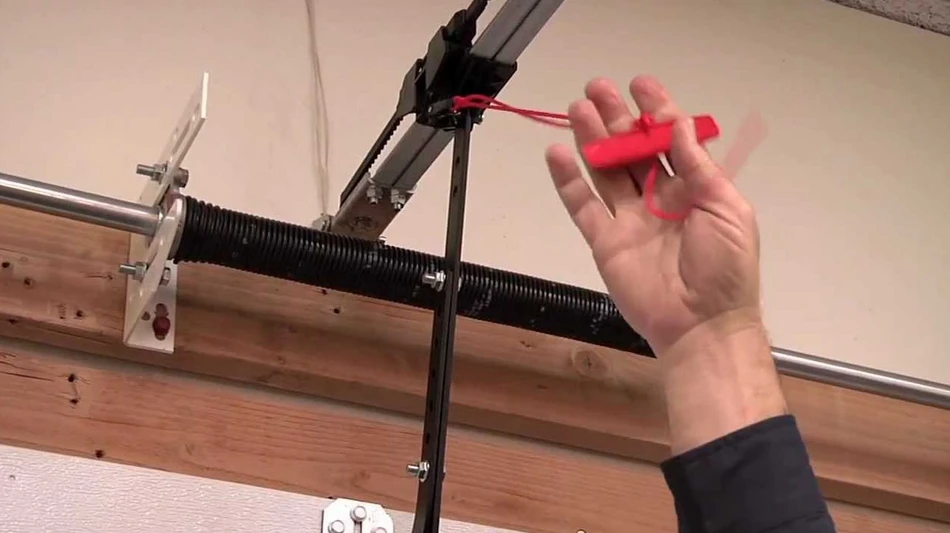
If you want to use your garage door without safety sensors, it can be done manually. There is a way to open or close your garage door even if the sensors on garage doors fail. Here are the steps to manually open or close garage doors:
Step 1: Secure the Garage Door
Safety is very important when dealing with a garage door in manual mode. If your door is already closed, you’re ready for the next step. However, if it’s open, you must secure it first to prevent any accidental closing. This can be done by placing sturdy supports, like 2×4 planks, under each side of the door’s lower edge. This precaution ensures the door stays firmly open as you proceed.
Step 2: Pull the Emergency Release Cord
Locate the emergency release cord that is typically hanging from the garage door opener’s trolley system. Gently pull this cord to disconnect the door from the automatic opener. Be mindful when performing this action. The arm connected to the garage door should be handled carefully to avoid any sudden movements.
Note! In some situations, the door may not detach from the trolley right away. If this happens, a slight lift of the door may be necessary to free the connection.
Step 3: Check Tension
When your garage door is open, it’s important to check the springs. What you’re looking for is uniform tension in these springs. If the springs and cables appear to be in good condition and properly tensioned, then you’re set to proceed to the next step.
Step 4: Remove Props with Assistance
This step requires two people for safety. While one person supports the garage door, the other should carefully remove the 2×4 supports placed under it. It’s important to handle this step with caution. If there’s any issue with the door’s mechanism or springs, the entire weight of the door might rely on these supports.
Step 5: Lower the Garage Door
Once the props are removed, slowly bring the garage door down to its closed position. Pay attention to the hinges, rollers, springs, and cables during this process. If everything seems in order, test the door by manually lifting and closing it. If the door moves up and down without any issues, your manual operation is successful.
By following these steps, you can easily manage your garage door manually, ensuring access to your garage even during power outages or mechanical failures. Remember, while manual operation is a convenient feature, regular maintenance of your garage door system is essential for smooth and safe operation.
Related Article: How to Disable Garage Door Sensors? 3 Easy Ways
Ways To Bypass Garage Door Sensors
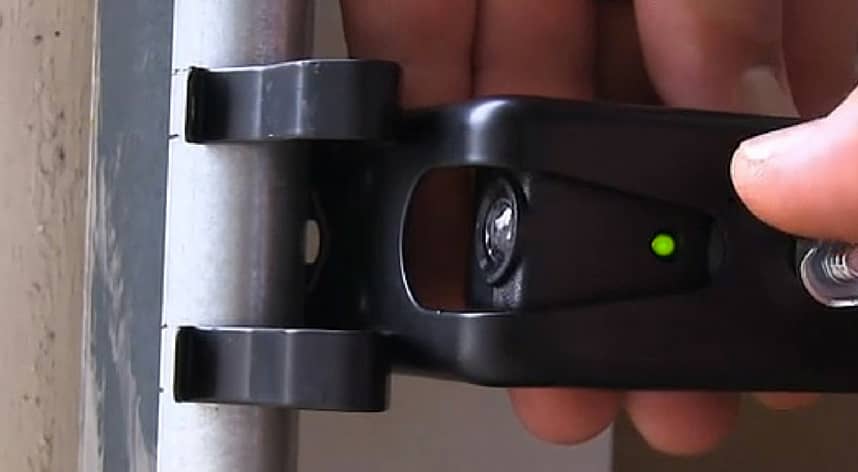
Although garage door openers can work without sensors by manually opening or closing your garage doors, it is not recommended. If you want to open or close your garage door by bypassing sensors, you can use some methods. These are some of the ways:
1. Use a Reflector
One approach involves using a reflective object to bounce the infrared light back to the sensor. This creates an illusion for the sensor that the path is clear, enabling the garage door to open.
2. Use a Laser
Alternatively, a laser pointer can serve the same purpose. Directing the laser towards the sensor makes it reflect back, fooling the sensor into thinking there’s no obstruction, thus allowing the garage door to operate.
3. Switch To Manual Operation
Another option is to manually override the automatic system. This is done by pulling the red cord linked to the garage door, which disengages the automatic opener. This method allows you to manually control your garage door, provided the sensors are intact and unharmed.
Are Garage Door Sensors Required?
Since 1993, federal regulations have mandated that all garage doors have a safety-reversing mechanism, with sensors being the most prevalent solution. While alternative safety systems are available, sensors remain the primary and most widely used method. Thus, it’s essential to have an approved safety device, like sensors, installed on your garage door for compliance and safety.
Related Article: Garage Door Sensor Yellow Light Having Issues?
FAQ: People Also Ask
Do you have to use the sensors on a garage door opener?
Modern garage door openers come equipped with additional sensors that are designed to identify any objects in the path of a closing door. These sensors prevent the door from shutting until the pathway is clear. However, despite these safety measures, it’s still possible to override garage door openers and their sensors when necessary.
How do I know if my garage door sensor is broken?
Check the indicator light to see if your garage door sensor works properly. A malfunction is likely if the green light is either blinking or not on. A practical test involves using a cardboard box taller than 6 inches and placing it in the sensor’s path. If the garage door closes completely despite the box’s presence, it’s a clear sign that the sensors are not operating correctly.
Final Thoughts
In conclusion, while a garage door opener can mechanically operate without sensors, doing so would compromise essential safety features and violate legal regulations. Since 1993, U.S. law has mandated safety-reversing mechanisms like sensors on all garage doors, emphasizing the importance of these devices in preventing accidents.
Bypassing or disabling these sensors puts you at risk and contravenes safety standards. Therefore, it’s crucial to ensure that your garage door sensors are always functional and in use, safeguarding both your property and the well-being of those who use the garage. Remember, safety should always be the top priority in home maintenance.


